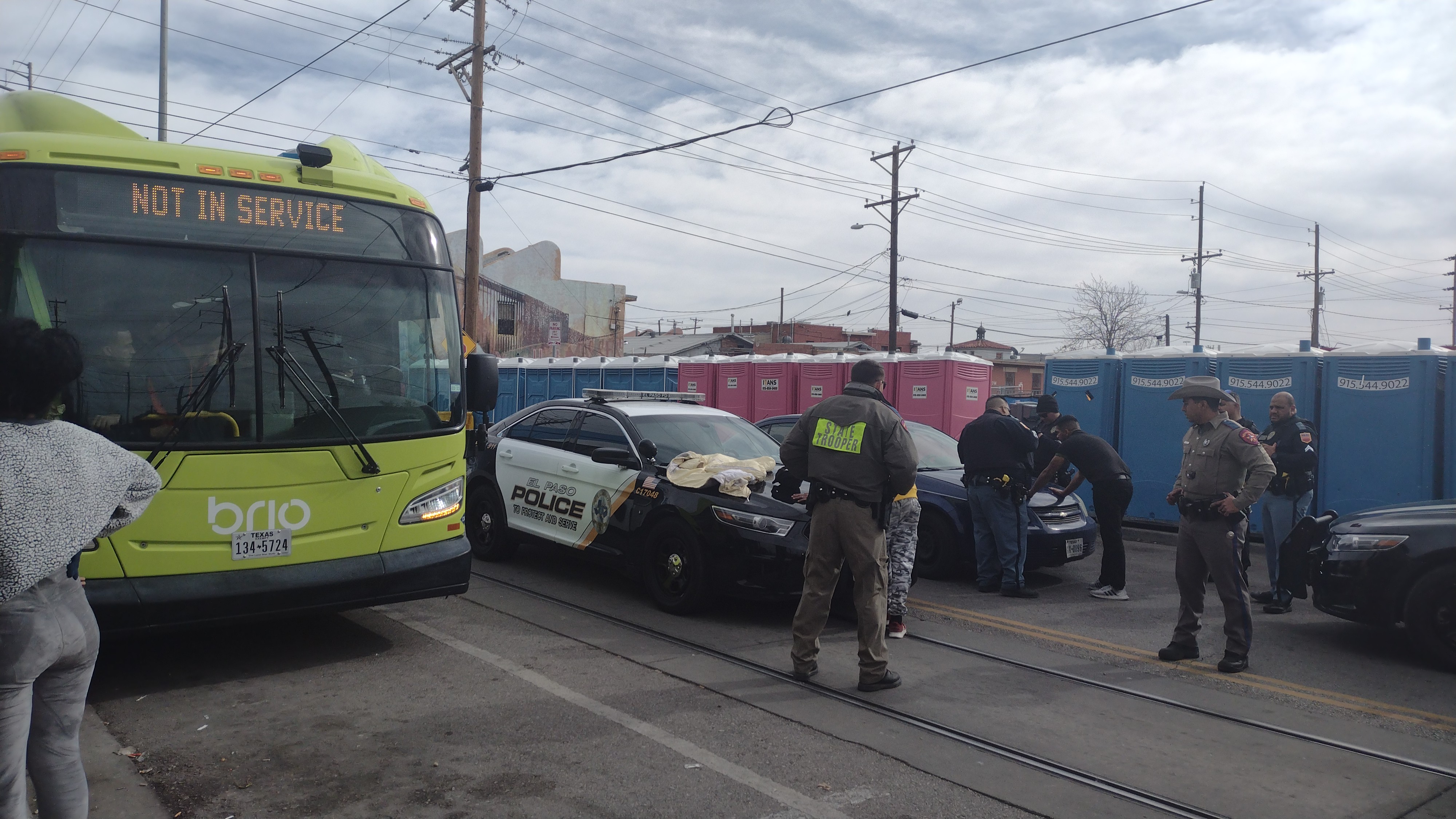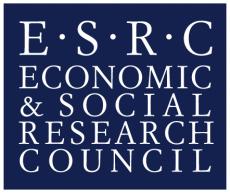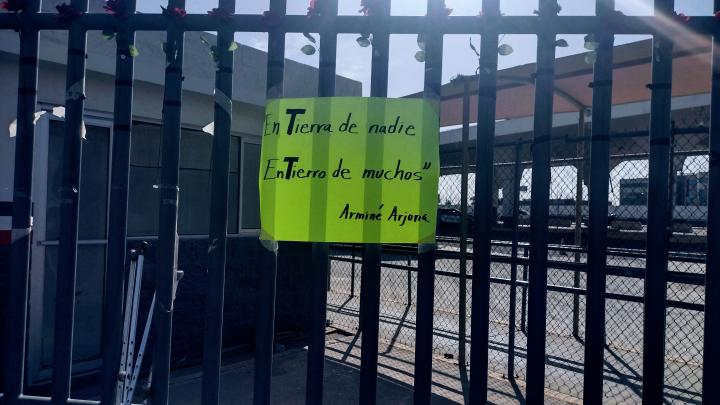Escalation of Title 42 Related Abuses in the US Context: The Case of El Paso
Posted
Time to read
Guest post by Gabriella Sanchez – Research Fellow, Georgetown University
In the early afternoon of December 27th 2022, and only a few hours before restrictions were set to expire, the US Supreme Court granted a request from Republican-led states to maintain the restrictions associated with Title 42 –the statute which for almost three years has prevented thousands of people from accessing asylum in the US, mainly along the US-Mexico border. The announcement was immediately condemned by multiple migrant advocacy groups, for it constituted a blow to the thousands of people arriving at the US-Mexico border seeking an opportunity to be paroled into the US.
On the days prior to the announcement, local and international media narrowed down on the border city of El Paso, in the westernmost corner of the US State of Texas. Images showed hundreds of people lining up in the vicinity of the border port of entry, waiting for the court’s decision and hoping for an opportunity to turn themselves over to US immigration authorities for processing. While some were, in fact, allowed to enter US territory, others understood that the court’s statement technically meant they would have to wait on the Mexican side of the border until a decision regarding the restrictions was made.
Having travelled from countries across Latin America, the Caribbean, Africa and Asia –in many cases for months –waiting was not a compromise many could make. And so, despite the announcement and the inclement winter weather, people have continued to enter the US informally, crossing the river on foot, dashing through the city’s neighboring streets and highways, and most notably, gathering at makeshift camps in Duranguito and Segundo Barrio, the historical migrant neighborhoods in the proximity of the border fence.
Below I document what has happened in the aftermath of the decision and some of the consequences it has had for migrants as well as residents of the neighborhoods next to the downtown port of entry of El Paso. From the onset, most, if not all, the documentation pertaining to abuses under Title 42 has focused on the experiences endured by people returned by US immigration authorities to Mexican territory. Yet, the escalation of policing and violence following the Supreme Court’s announcement urgently demands that we pay attention to the actions of border and law enforcement agencies as they occur on the US side of the divide.
For some, the court’s announcement marked the beginning of a new enforcement era, in which Title 42 will impact the physical and emotional integrity of recently arrived migrants, as shown by journalists, activists and scholars documenting abuses over the last week in El Paso. Yet historically, migrants, as well as the communities they build within the US, have been the target of high levels of racial profiling, surveillance, criminalization and control justified on the grounds of ‘border protection’ and ‘national security.’ Title 42 and its related enforcement actions are components of the long history of racial violence to which US law enforcement agencies have subjected both migrant and working-class communities along the American borderlands –constituted in their vast majority by people of Latino, indigenous and African origin –in the name of security and immigration control.
El Paso, again
For generations, El Paso has been the scene of racist practices against migrants – thousands of Chinese nationals who worked on the railroad tracks that crisscross our city today were expelled under the Chinese Exclusion Act in the 1880s; El Paso was the obligated stop for thousands of Mexican men who in the context of the Bracero Program, arrived to the United States to join US industries decimated by labor shortages derived from WWII, enduring humiliating screening procedures; it was here where Operation Hold the Line was conceived (to this day described as a precursor of the funnel effect that rerouted the historical paths of irregular migration from Texas into Arizona, with devastating humanitarian consequences).
Over the last few days, the city has again gained notoriety given the visibility of the migrants who have continued to arrive despite the US Supreme Court announcement. While many of the people currently in our city have opted to surrender to US immigration authorities, numerous others have opted not to do so fearing deportation and family separation given in part the discretionary nature of admission decisions. Lacking the documentation that establishes them as admitted into the country or as having been processed by authorities, people are denied access to city-sponsored shelters, and instead remain in the streets.
The visibility of those being showcased in US and international media springs from their inability to access shelter, which, in turn, renders them vulnerable to acts of abuse and intimidation. As documented over the last few days, a number of acts are being perpetrated primarily by law enforcement officials from local, state and federal agencies assigned to the emergency response –in their vast majority, men. The practices documented suggest that the city of El Paso authorities, unable to provide an effective humanitarian response to the continued arrival of people to our city, have opted instead to rely on widespread intimidation and criminalization to push migrants –especially those unable or unwilling to register – out of our community. At the same time, the intensity of these actions –carried out in the predominantly migrant, working class and indigenous neighborhoods of El Paso – stand as stark, sinister reminders of the treatment to which these communities have been collectively subjected for generations.
Documented abuses
Below I make reference to specific incidents and forms of abuse reported by migrants, activists, local and national journalists following the court’s announcement. I also include those I have witnessed during my own participation in the community’s response.
Removal from streets on the grounds of public health/sanitation purposes. On December 29th, 2022, cleaning crews from the city of El Paso, in coordination with the El Paso Police Department, removed people who were camping in the vicinity of the main bus station. Authorities and cleaning personnel confiscated and disposed of migrants’ belongings, including food and blankets. The city’s health authority, Hector Ocaranza, justified these actions on the grounds that the blankets could be transporting infectious diseases, and ultimately hinder people’s ability to continue their journeys. Ocaranza claimed that the decision was simply “a form of protection,” that sought to keep migrants as healthy as possible.

Fabrication of probable cause I: sale of cigarettes. On December 30th and 31st, migrants staying in the vicinity of the Sacred Heart Church reported officers from El Paso Police Department were conducting searches on the grounds that some migrants were illegally selling cigarettes by the piece. Migrants indicated groups of police officers were walking down the alleyways in the vicinity of the church questioning young men and conducting body searches. Fearing arrest or deportation, migrants described feeling forced to comply and having to allow police officers empty their bags and damage their personal property.
Fabrication of probable cause II: use of jaywalking to justify arrests. In the early afternoon of January 1st, a young Venezuelan man crossed the street in front of the Sacred Heart Church a few feet away from the designated crosswalk. The area was already under heavy police surveillance, and he was immediately placed under arrest for jaywalking by an El Paso Police officer, who then called for backup. While waiting, the officer proceeded to search the young man and his property in front of several hundred migrants who had congregated outside of the church for food distribution. At least six vehicles from three different law enforcement agencies arrived to provide support. The man was eventually arrested, and his whereabouts are unknown.
Late night apprehensions of families with children by US Border Patrol. Casa Carmelita, a local organization which has been providing meals and assistance to people who have opted not to register, shared video from the night of January 3rd showing several US Border Patrol agents forcibly opening tents and apprehending families with children staying in the vicinity of the Sacred Heart Church. Casa Carmelita also reported that US immigration officers had boarded buses about to leave a local station, creating havoc and fear among those traveling. US Border Patrol has acknowledged it has stepped up actions at nearby checkpoints targeting commercial buses to prevent migrants from leaving the El Paso area.

Racial Profiling and Intimidation of neighborhood residents. As described, the area where most people are spending the night is a predominantly migrant, working-class area of the city. During a site visit on January 1st, I witnessed the moment when a young Latino man was thrown to the ground by at least four El Paso Police officers . He started to scream in English, stating he was a US citizen and that there was no reason for him to be arrested, while pointing to a man nearby who had pulled out his phone and was recording the incident. At this point, the officers seemed to ease the headlock they had on the man, and allowed him to leave.
That same afternoon, I witnessed when a young Latino man driving a small blue car, while attempting to avoid the area where a migrant was being searched and apprehended, slowly drove around an El Paso Police vehicle. A police officer immediately stopped the blue car, and proceeded to question the man, who identified himself as a neighborhood resident. The man and his car were searched. There was no indication that a crime had in fact been committed. However, the man’s car was confiscated and he had to leave the scene on foot.
Where do we go from here?
Contrary to the days that preceded the court announcement, journalistic coverage on El Paso –especially in regard to abuses –has been scant at best. Gone are most of the reporters and television crews. The exhausted activist community on both sides of the border has struggled to respond in a coordinated manner. While the community response has been strong in terms of resources, volunteers and observers have been scarce, especially given and during the holiday season.
It is important to keep in mind that none of the challenges border communities face in the context of Title 42 are unusual. For generations, as fronterizos –residents from both sides of the border –we have dealt with extreme policing and surveillance, intimidation and control as part of our daily lives. However, it is critical to remember as critical race scholar Mary Romero states, that immigration controls serve as a policing practice that maintains and reinforces the subordinated status of the migrant working class. None of Title 42’s consequences should be seen in isolation, but as part of the long continuum of violence endured by people on both sides of the borderlands. Our responses, therefore, can no longer afford to be reactive or to provide short-term solutions to what constitutes nothing other than a long-standing system of aggression and hate.
Any comments about this post? Get in touch with us! Send us an email, or post a comment here or on Facebook. You can also tweet us.
How to cite this blog post (Harvard style):
G. Sanchez. (2023) Escalation of Title 42 Related Abuses in the US Context: The Case of El Paso. Available at:https://blogs.law.ox.ac.uk/border-criminologies-blog/blog-post/2023/01/escalation-title-42-related-abuses-us-context-case-el. Accessed on: 30/03/2025Share
YOU MAY ALSO BE INTERESTED IN
With the support of









